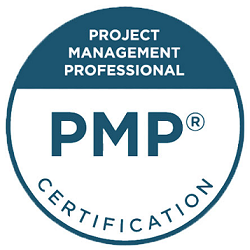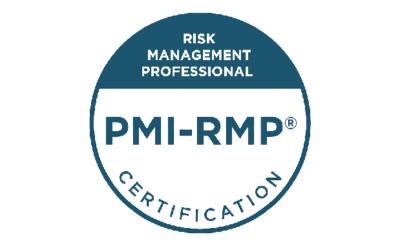This course will teach you how to create and customize your Quickbooks business record, record and track your income and expenses, create and send professional invoices and quotes, manage your payroll and taxes, and generate and analyze various reports and statements. You will learn how:
- Configure and customize your Quickbooks company file, chart of accounts, preferences and users.
- Record and track your income and expenses, using tools like bank feeds, transactions, categories, and reconciliations.
- Create and send professional invoices and quotes using tools like Templates, Products & Services, Customers, and Payments.
- Manage payroll and taxes, using tools such as employees, contractors, payroll taxes, sales taxes, and forms.
- Generate and analyze various reports and statements, using tools such as profit and loss, balance sheet, cash flow, budgeting, etc.
At the end of this training, you will have the practical experience and theoretical knowledge necessary to use Quickbooks for various accounting and bookkeeping tasks. You will also receive a certificate of completion and access to a network of Quickbooks professionals for advice and support.
Course Features
- Lectures 0
- Quizzes 0
- Duration Lifetime access
- Skill level All levels
- Language English
- Students 19
- Assessments Yes






